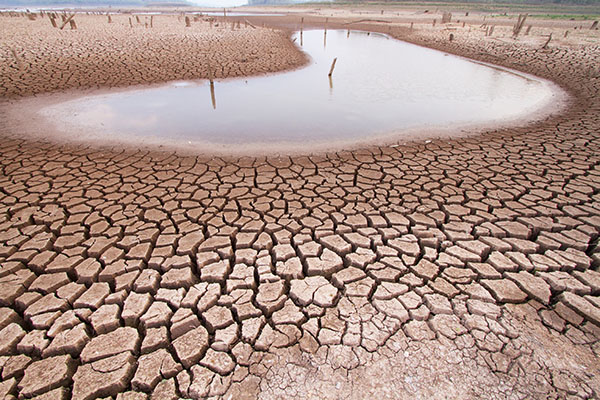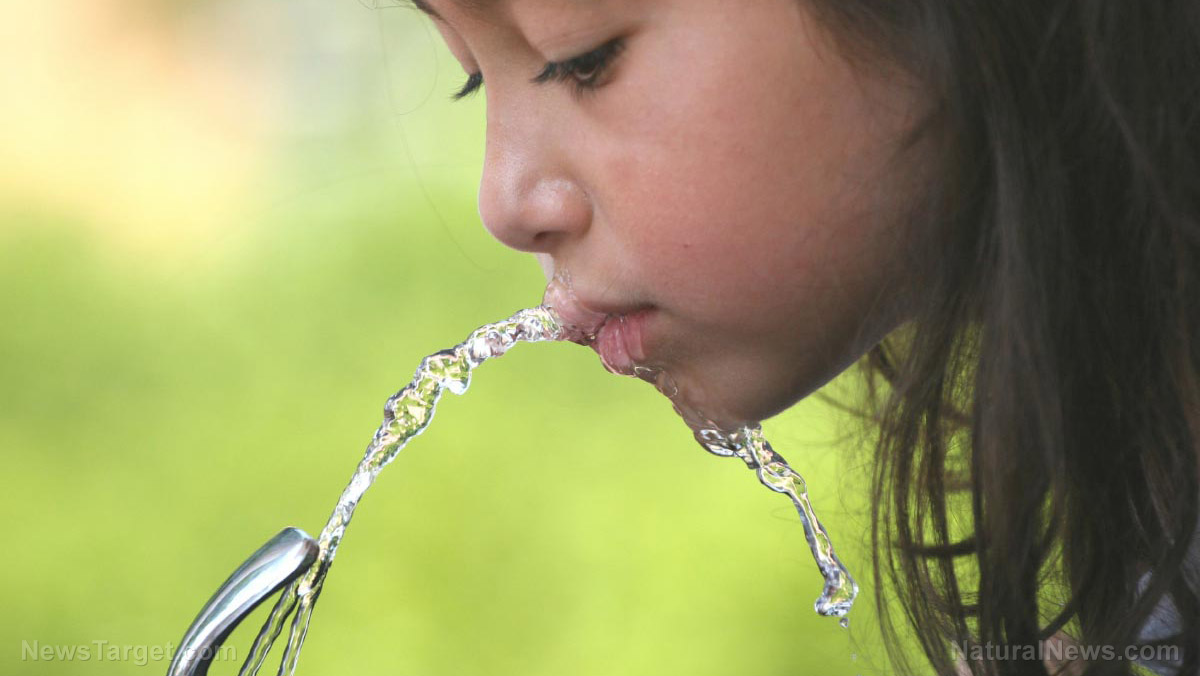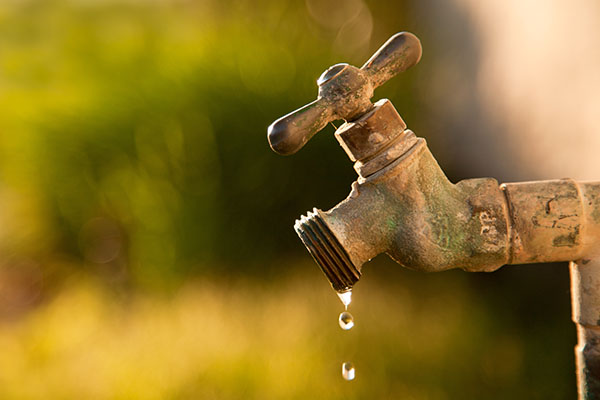8 Major U.S. water basins could be depleted by as much as 98% in the next 25 years
05/23/2024 / By Laura Harris

A new study from the Pacific Northwest National Laboratory in Washington found that the eight major water basins across the United States face up to a 98 percent chance of depletion within the next 25 years due to excessive withdrawals for drinking, irrigation and other uses.
America’s groundwater reserves currently hold at least 33,000 trillion gallons of water, located in the soil, sand and rock underground. However, the nation extracts around 80 billion gallons daily for drinking, irrigation, and industrial uses – far exceeding the natural replenishment rates from rainfall and snowpack.
Additionally, dams built in the early 20th century to distribute water more widely have shifted in the last 50 years towards exploiting non-renewable groundwater, while vast underground water stores, constituting 98 percent of Earth’s fresh liquid water, have been heavily tapped after accumulating water over the previous millennia.
With the given data, the study, published in Nature, evaluates that about 105 million people living close to one of the eight water basins are likely to face critical groundwater shortages before 2050, with an additional 24 million at risk by 2100 if the escalating extraction rates continue.
The researchers noted that their scenarios are exploratory “what-if” evaluations rather than definitive predictions to assess the plausibility of these outcomes based on simulated scenarios of groundwater extraction over the 21st century.
According to the simulation, the California River (98 percent), the Mexico-Northwest Coast (96 percent), the Missouri River (94 percent), the Arkansas White Red region (93.6 percent), the Texas Gulf Coast (87.3 percent), the Lower Mississippi River (84.7 percent), the Rio Grande River (84.7 percent) and the Lower Colorado River (63.1 percent) have high chances of groundwater depletion. These major water basins, which collectively support over a hundred million people and extensive agricultural activities, make California, Texas, Montana and other Midwest states vulnerable to widespread droughts.
Hassan Niazi, the lead author of the study, argued that the declining groundwater levels could have severe consequences, including the disappearance of streams and subsidence, where the ground sinks, potentially damaging infrastructure like roads and buildings, while increased groundwater demand could stress aquatic ecosystems, spread water contamination and exacerbate land subsidence. (Related: EPA report concludes that natural gas ‘fracking’ causes groundwater contamination.)
“Many prior studies have shown that as groundwater demand increases, aquatic ecosystems could face greater stress, water contamination could spread, and the land above diminished aquifers could sink into the earth more often—a phenomenon known as land subsidence,” said Niazi. “The authors add that competing interests for water stem from many sectors: energy, manufacturing, agriculture, livestock, etc. Each of these can face unforeseen stress due to increasing demand for water within a region, driving a resultant rise in groundwater extraction.”
Niazi: Dwindling water supplies affect various sectors and drive up food prices
In the study, Niazi explained that dwindling water supplies could lead to skyrocketing costs, which would ripple across various sectors and drive up food prices.
“With water supplies becoming increasingly limited, climbing water costs can cascade across sectors, causing food prices to rise,” Niazi said.
For instance, in Kansas, a state that produces about 25 percent of the U.S. wheat supply, groundwater sources are struggling to sustain the 2.6 million acres of industrial-scale agriculture. Following two consecutive years of drought and plummeting groundwater levels, Kansas is facing its smallest wheat harvest since 1961.
In Phoenix, Arizona, the fastest-growing city in the U.S., state officials have effectively banned new housing construction reliant on groundwater. Decades of drought and overuse have made the region increasingly dependent on these underground supplies. Similarly, New York state is facing a drinking water crisis from Long Island to the Hamptons due to over-pumping.
The crisis extends to other states as well. In parts of Utah, California and Texas, the sinking groundwater levels are causing roads to crack, foundations to collapse and sinkholes to appear.
In response, some communities, including the Pajaro Valley, a 10-mile stretch of rich agricultural soil along Monterey Bay, home to Watsonville, the strawberry capital of the world, make farmers pay for their groundwater usage to help conserve resources and reduce water usage. This, in turn, makes Pajaro Valley one of the most expensive places to cultivate food in the country, if not in the world.
“Ninety percent of all the crops in the Pajaro Valley use groundwater,” said Marcus Mendiola of the Pajaro Valley Water Management Agency. “Ninety percent of all water needs in the valley are from groundwater. In the 1990s, we began to put meters on wells, and then sometime after that, we began to charge for water that growers pump from those wells, and they all pump from the same aquifer.”
Visit CleanWater.news for similar stories about water supplies around the world.
Watch this video questioning how groundwater extraction may be shifting the planet’s axis tilt.
This video is from the Terral03.com on Brighteon.com.
More related stories:
Groundwater reserves in the United States are being depleted at alarming rates.
World Economic Forum globalists want to leverage water crisis to form world government.
EPA to crack down on FOREVER CHEMICALS in drinking water via proposed national standards.
Sources include:
Submit a correction >>
Tagged Under:
chaos, Collapse, dangerous, Drought, Ecology, environment, groundwater, national security, panic, rationing, scarcity, supply chain, tap water, water basins, water conservation, water crisis, water supply, Water Wars
This article may contain statements that reflect the opinion of the author
RECENT NEWS & ARTICLES
TapWater.News is a fact-based public education website published by Tap Water News Features, LLC.
All content copyright © 2018 by Tap Water News Features, LLC.
Contact Us with Tips or Corrections
All trademarks, registered trademarks and servicemarks mentioned on this site are the property of their respective owners.



















